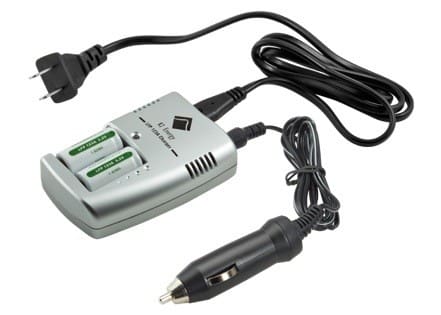SureFire is now offering K2 Energy rechargeable LFP 123A batteries. They can be purchased alone or along with a wall/car charger. The runtime of these rechargeables is about 50% of disposable batteries but they do retain approximately 50% of their original capacity even after 500 charging cycles so over the long haul they can show substantial savings.
Please note – Rechargeable LFP 123A batteries are only to be used to power LED illumination products (built to use 123A lithium batteries) and NOT those featuring incandescent lamps. The initial elevated voltage of these rechargeable batteries, immediately after charging, may cause the filament contained within an incandescent lamp to break or “burn out”.
Tags: Surefire



Ah, Surefire finally catches up to current tech. They’re only about 5 years behind the curve on that one. And the batteries aren’t even the highest capacity ones available. Nor are they made in the US… But I digress. Surefire gets the specs wrong, by the by. The lifespan according to the manufacturer is not 500 cycles. It’s over 2000.
Actually, the article doesn’t claim that the lifespan is 500 cycles, merely that the batteries retain 50% of their original capacity (or 25% of the capacity of the Surefire primary (non-rechargeable) batteries they replace).
You can continue to use the batteries after that point, but an effective runtime of a quarter of the primary batteries or less may not be everyone’s cup of tea.
Surefire tend to quote battery specifications as “useful” specs – the amount of time their product will be useful with that battery; not the amount of time that it will take for it to be totally dead.
Cheers,
Terry
I could be wrong, but it sure looks like someone at SF browses Alibaba.com
That’s all fine and well, but an LFP battery doesn’t lose that much capacity after 500 cycles. Cycle life of a rechargeable battery is commonly determined to have reached end-of-life when the batteries retain 50% of their original capacity. That number of 500 cycles, would be largely accurate for a conventional Lithium Cobalt Oxide battery, but not for a Lithium Iron Phosphate battery.